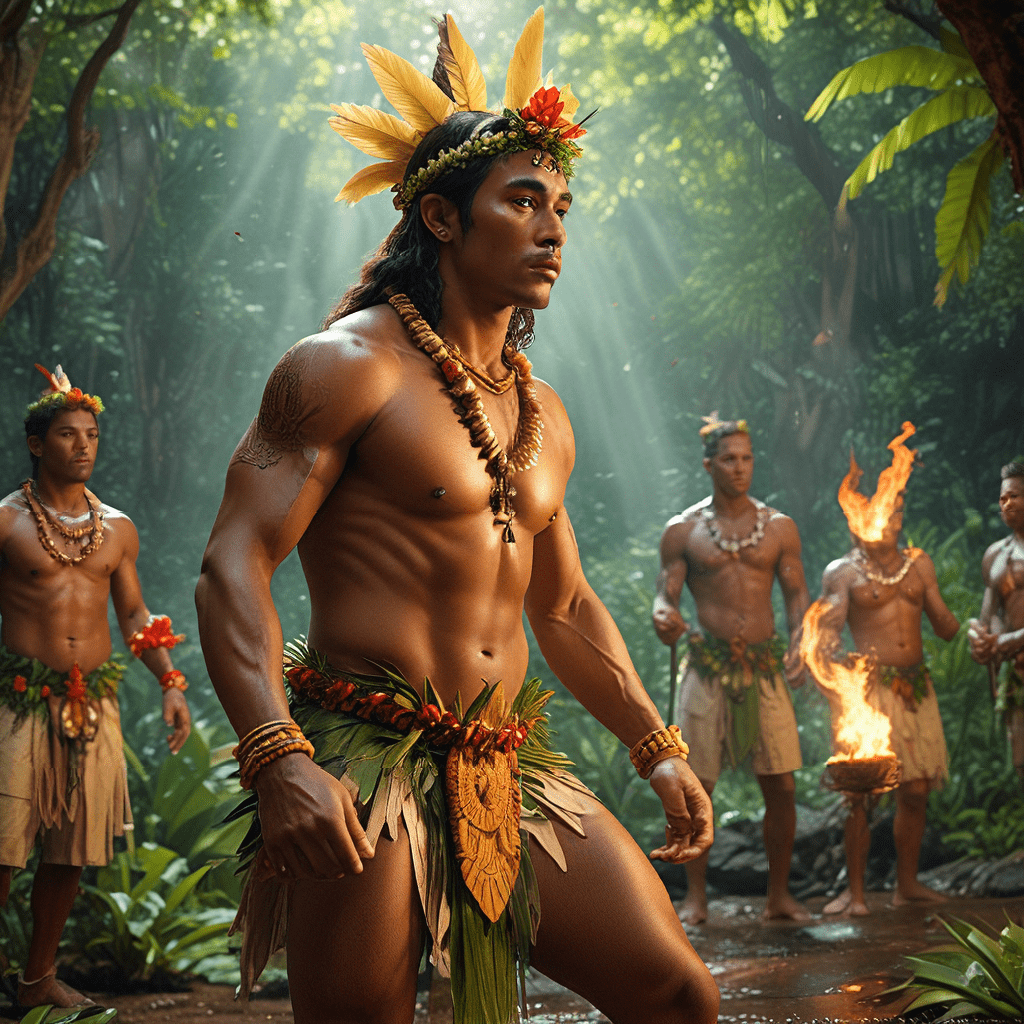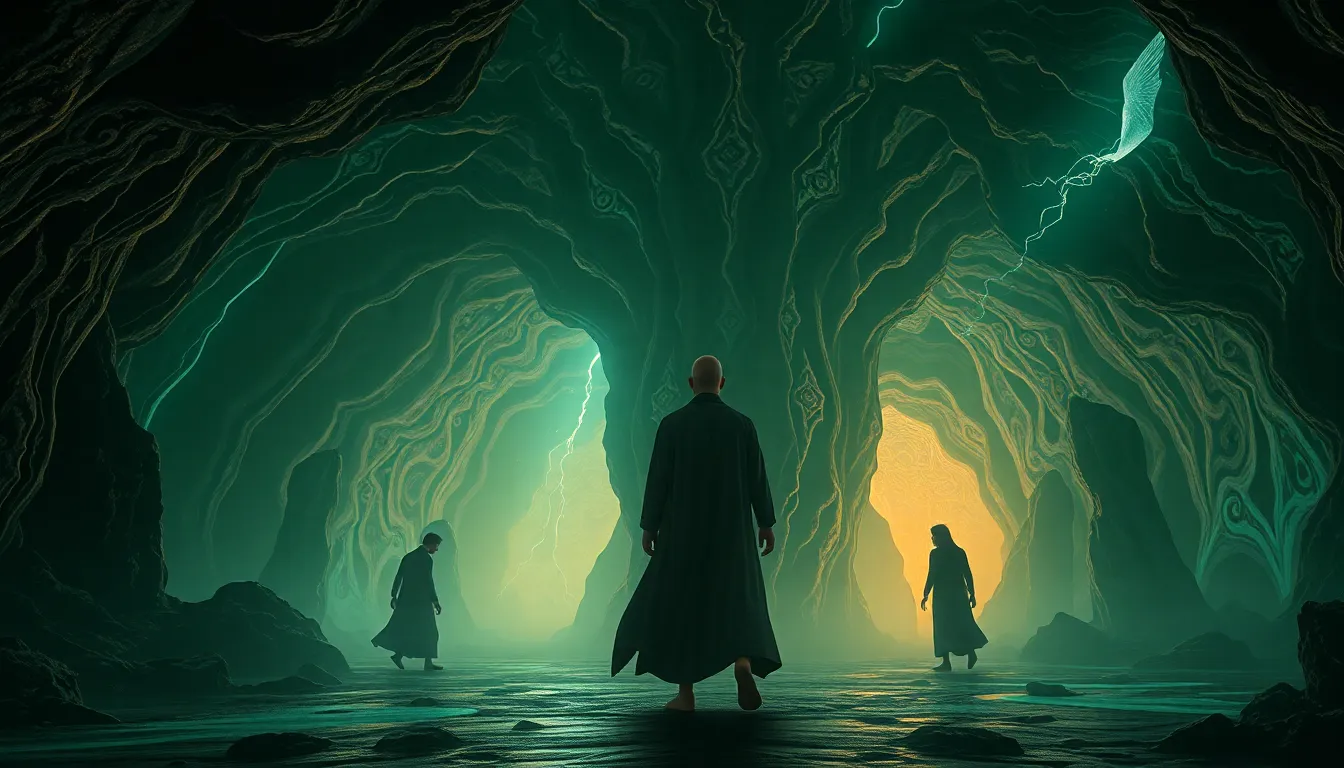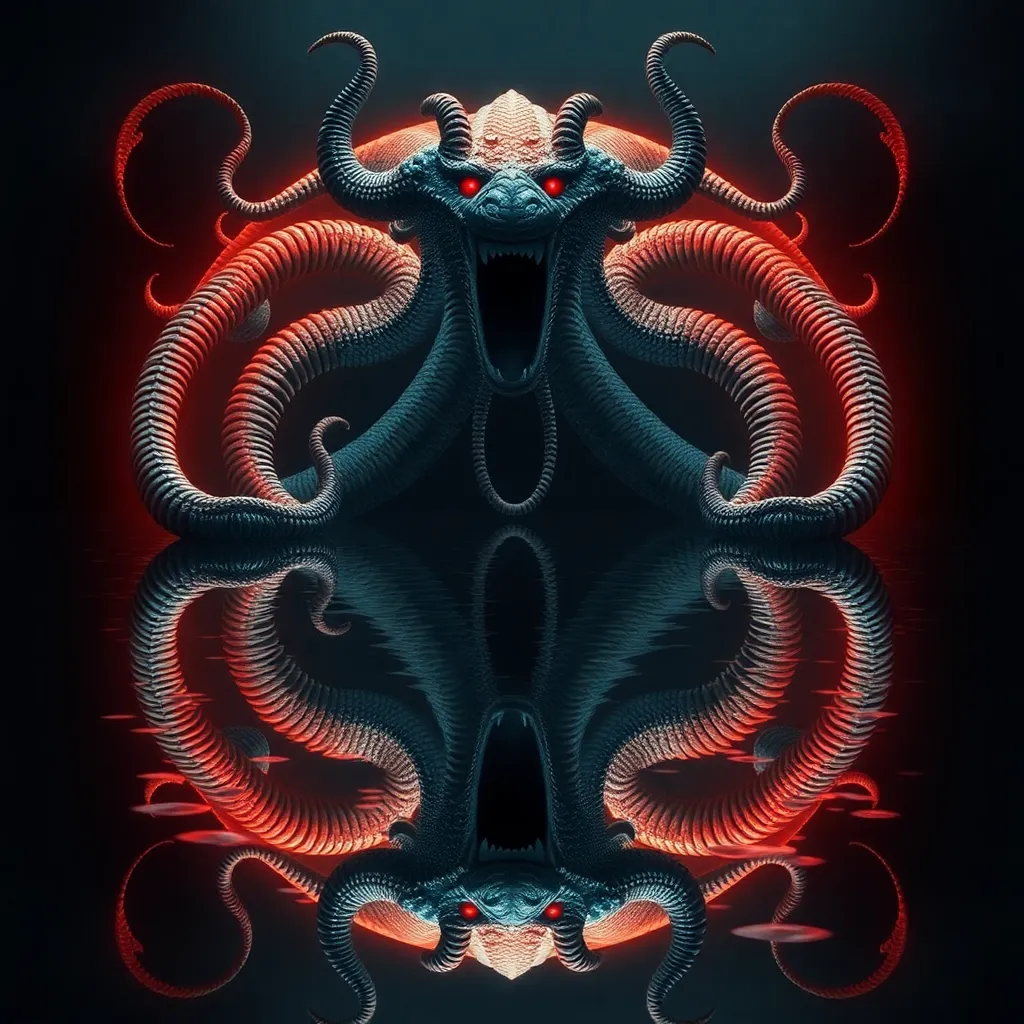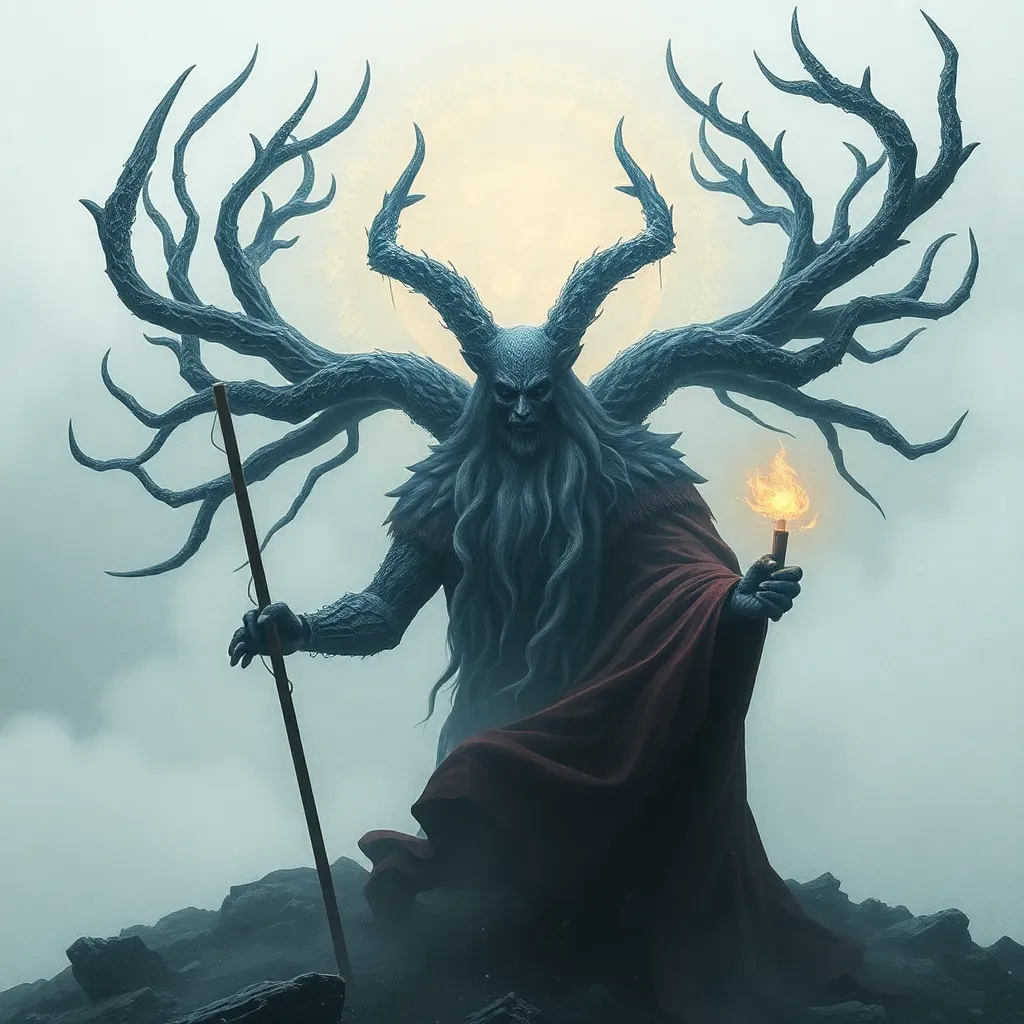Hawaiian Mythology: The Power of Ritual and Ceremony
Hawaiian mythology is a rich tapestry of stories, beliefs, and practices that have shaped the culture and identity of the Hawaiian people for centuries. At the heart of this fascinating world lies the profound importance of rituals and ceremonies. These sacred acts were not mere formalities but powerful expressions of reverence for the gods, nature, and the interconnectedness of all things. Through rituals, ancient Hawaiians sought to maintain harmony with the spiritual realm, ensure prosperity, and honor the cycle of life.
The Importance of Ritual and Ceremony in Hawaiian Culture
For the ancient Hawaiians, life was a sacred journey, every aspect infused with spiritual significance. Ritual and ceremony were integral to their way of life, providing a framework for understanding the world around them and connecting with the divine. They believed that these practices could influence the course of events, appease the gods, and bring about desired outcomes.
Rituals were not static, unchanging practices but were adapted to specific situations and needs. They were often elaborate affairs, involving intricate chants, dances, offerings, and the participation of entire communities. These ceremonies were a powerful means of strengthening social bonds, transmitting knowledge from one generation to the next, and preserving cultural traditions.
Major Deities and their Associated Rituals
Hawaiian mythology is populated by a pantheon of deities, each representing different aspects of the natural world and human experience. These deities were not distant, abstract figures but were intimately involved in the lives of the people. The most prominent deities include:
- Kū: God of war, agriculture, and construction. Rituals associated with Kū often involved offerings of food and sacrifices to ensure success in warfare and harvests.
- Kāne: God of creation, fertility, and the heavens. Ceremonies dedicated to Kāne were often held during times of planting and fertility.
- Lono: God of peace, rain, and agriculture. His rituals involved offerings of food, flowers, and prayers for bountiful harvests and favorable weather.
- Kanaloa: God of the sea, darkness, and the underworld. Rituals dedicated to Kanaloa often involved offerings to appease this powerful, sometimes capricious deity.
Birth and Death Rituals: Honoring the Cycle of Life
The birth and death of a human being were significant events in Hawaiian culture. These rites of passage were marked by elaborate rituals that celebrated the cycle of life and the importance of family and community.
Birth was considered a sacred event, with the arrival of a new life celebrated with joy and reverence. Babies were welcomed into the world with ceremonies that included chanting, prayers, and offerings to ensure their health and well-being. The birth of a child was a time of great importance and responsibility for the parents and the community as a whole.
Death was not seen as an end but as a transition to the spirit world. Funerals were solemn occasions, with mourners expressing their grief and honoring the deceased. The body was prepared for burial with great care, and offerings of food, flowers, and valuable items were placed in the tomb. The bereaved would perform rituals and chants to guide the spirit of the deceased to the afterlife and to ensure their safe passage.
Ceremonies of Healing and Purification
The ancient Hawaiians had a sophisticated understanding of healing and the interconnectedness of the body, mind, and spirit. They believed that illness could be caused by spiritual imbalance, and their ceremonies were designed to restore harmony and promote well-being.
Healers, known as kahuna lapa'au, played a vital role in Hawaiian society. They were skilled in various forms of traditional medicine, including herbal remedies, massage, and spiritual healing. Their ceremonies often involved chants, prayers, and the use of sacred objects to cleanse the body of negative influences and restore spiritual balance.
The rituals of purification were also important for maintaining social harmony and protecting individuals and communities from harm. These ceremonies involved cleansing the body and spirit with water, fire, or sacred herbs and were often performed before important events, such as weddings, battles, and feasts.
The Significance of Offerings and Gifts
In Hawaiian rituals, offerings played a crucial role in establishing a connection with the gods. These offerings were not mere gifts but expressions of respect, gratitude, and a desire to appease or influence the deities. Food, flowers, feathers, and precious objects were all used as offerings, their symbolic meanings tailored to the specific deity and the purpose of the ritual. For example, offerings of food symbolized nourishment and prosperity, while feathers represented beauty and spiritual power. The act of offering was seen as a form of communication, a way to express one’s intentions and to seek the favor of the gods. These rituals were not meant to bribe the deities but to demonstrate respect, honor, and a willingness to share with the divine.
The Role of Music, Dance, and Chant
Music, dance, and chant were integral parts of Hawaiian rituals, serving as powerful tools for communication, expression, and connection with the spiritual realm. Chants, known as mele, were used to convey stories, beliefs, and prayers. These chants were often accompanied by rhythmic drumming and the intricate movements of traditional Hawaiian dances, such as the hula. The combination of music, dance, and chant created a powerful atmosphere, allowing participants to tap into the emotions and energies associated with the ritual. The performers were not merely entertaining but were acting as conduits for the divine, channeling the power of the gods and invoking their blessings.
The Impact of Westernization on Traditional Rituals
The arrival of Westerners in the 18th century marked a significant turning point in Hawaiian history. Christian missionaries, seeking to convert the native population, actively discouraged traditional practices, including rituals and ceremonies. They saw these practices as pagan and superstitious and actively promoted Christian beliefs and rituals instead. As a result, many traditional rituals were suppressed. However, these ancient practices were not entirely forgotten. They were passed down through generations, preserved in oral traditions, and kept alive in the hearts and minds of the Hawaiian people.
Modern Interpretations and Revivals of Hawaiian Rituals
In recent decades, there has been a growing interest in reviving traditional Hawaiian rituals. Many individuals and organizations are working to preserve and revitalize these ancient practices. Contemporary interpretations of Hawaiian rituals often incorporate modern sensibilities, while still upholding the core values and principles of the past. The revival of these ancient practices is not just a matter of cultural preservation but a way to connect with the ancestral wisdom of the past and to draw inspiration from the rich traditions of the Hawaiian people. These modern interpretations offer a bridge between the past and the present, providing a way for future generations to connect with their heritage and to learn from the wisdom of their ancestors.
FAQ
- What are some of the common offerings in Hawaiian rituals?
Food, flowers, feathers, and precious objects were frequently offered to the gods. - What are some of the major deities in Hawaiian mythology?
Some of the most prominent deities include Kū, Kāne, Lono, and Kanaloa. - What is the significance of music and dance in Hawaiian rituals?
Music, dance, and chant were essential parts of Hawaiian rituals, serving as powerful tools for communication, expression, and connection with the spiritual realm. - How have Western influences impacted traditional Hawaiian rituals?
The arrival of Westerners in the 18th century led to the suppression of many traditional practices, including rituals and ceremonies. - What is the current status of traditional Hawaiian rituals?
There is a growing movement to revive and preserve traditional Hawaiian rituals, with contemporary interpretations incorporating modern sensibilities while still upholding the core values and principles of the past.



